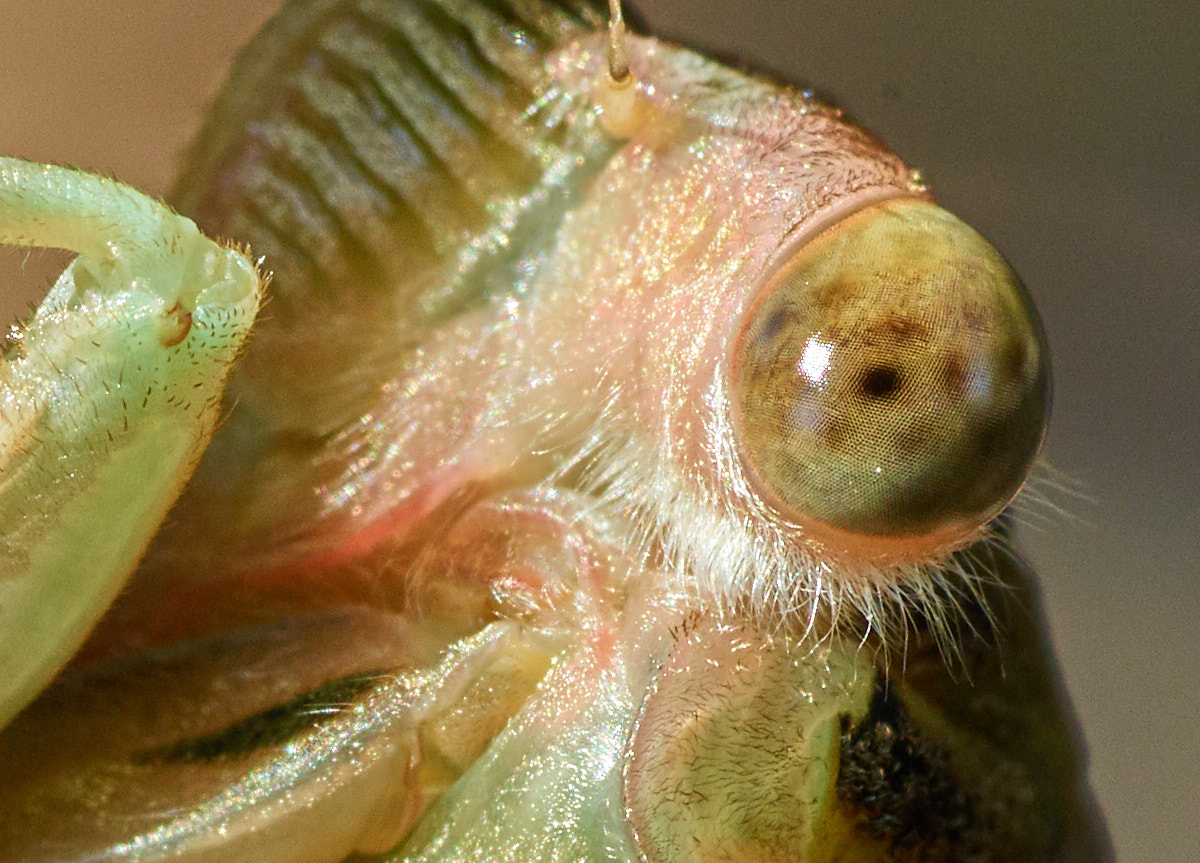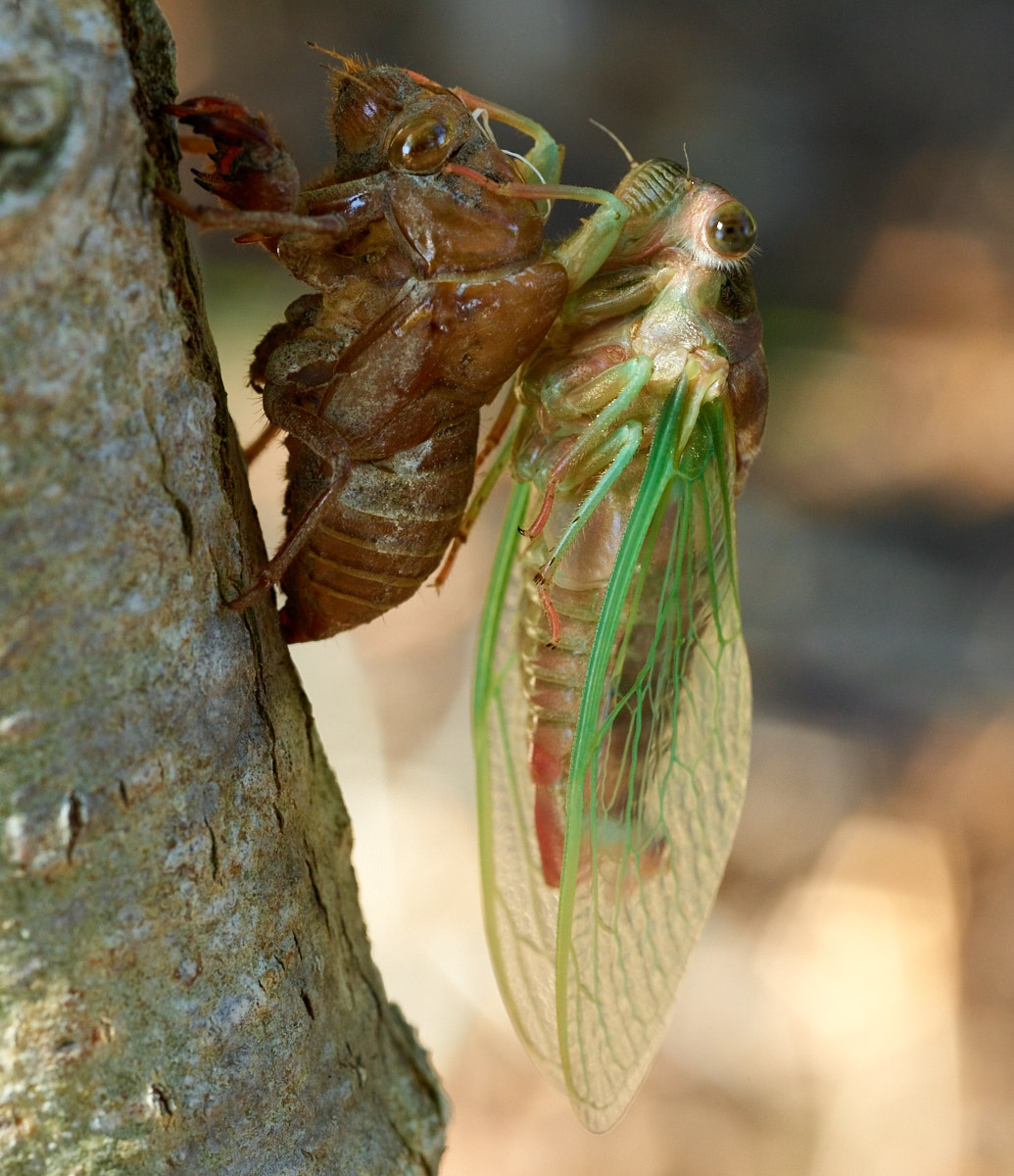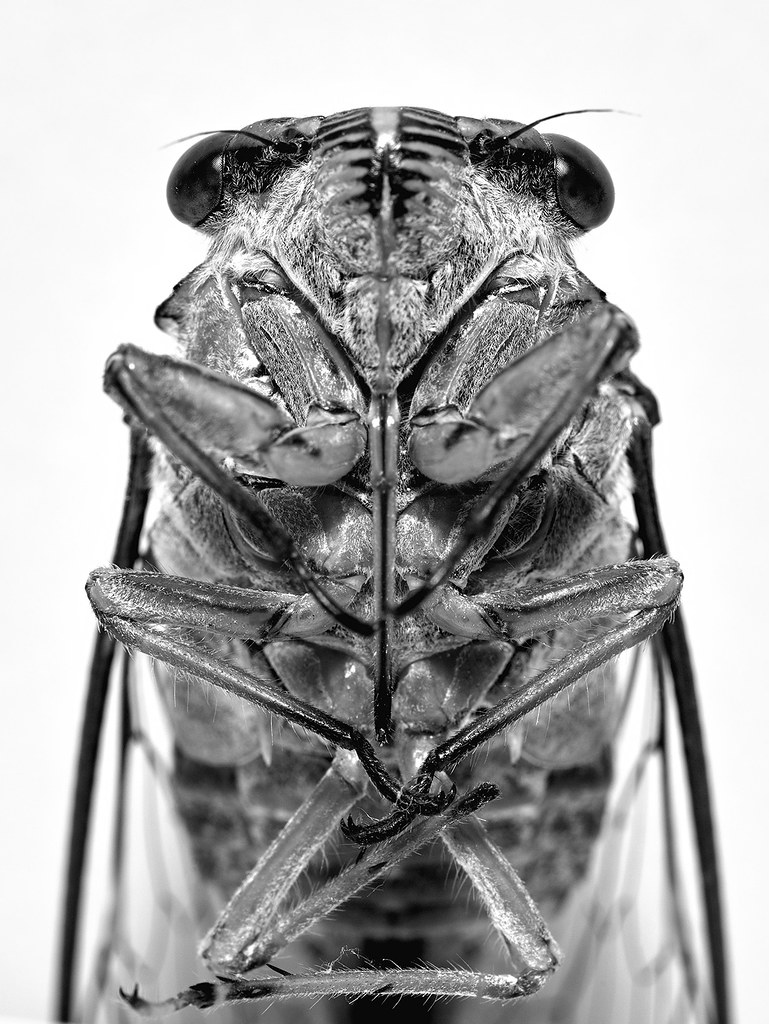Shashin
Well-known member
David, this was taken with an Olympus Vanox research microscope. It dated from the late 70s early 80s. At that vintage, those microscopes had 4x5 cameras, mostly for Polaroids. However, the camera will take any 4x5 sheet film holder or, in my case, Graflock roll film backs. I used both Horseman 6x12 and Rollei 6x6 backs on the scope. 4x5 camera had relay optics specifically to cover the film area. 35mm cameras can also be used with these scopes, but without the additional optics (there is a projection lens at the top of the trinocular head which is needed to project an image for either camera).Will this is excellent! Could you briefly describe your setup? Are you able to get an image circle from the microscope optics that covers the 6x12 back?
Thanks,
David
This is also an episcopic scope--it images opaque objects and sometimes are referred to as material scopes. Diascopic is the more usual biological instrument that shines light through the specimen. My scope came fitted with DIC. I did add an electronic shutter with exposure control to replace the mechanical shutter. Research microscopes are basically frames where optics and techniques like DIC or Phase Contrast are added. My frame had both diascopic and episcopic light paths, but was missing the substage condenser for the diascopic path.
I bought the scope on ebay. I searched the business and industrial section to find the scope. It is also a good place to find parts and accessories depending on the vintage of the scope. The Vanox I bought was the top of the line research microscope of the day. But it is also out of production making a really good deal.
I am not sure how much you know about microscopes (I ran a microscope imaging lab), but this is the best site about microscopy: https://micro.magnet.fsu.edu/


















